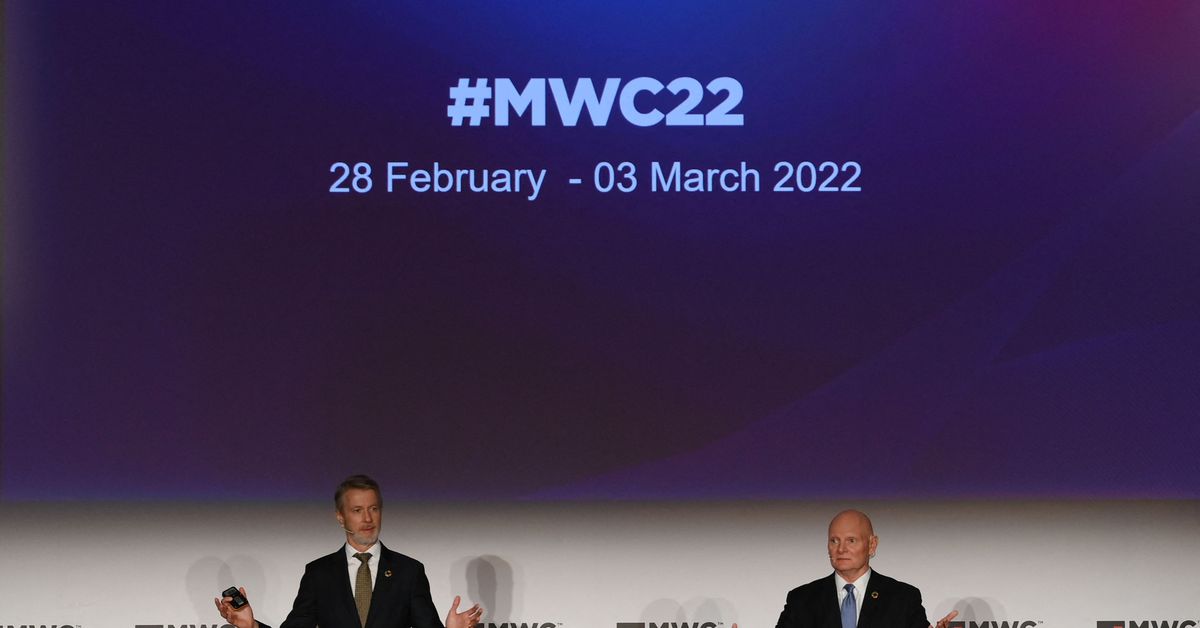Google joins a mission to map global methane emissions from space
A rendering of MethaneSat | Image courtesy of GoogleGoogle announced a partnership with the nonprofit Environmental Defense Fund (EDF) today to map methane pollution and oil and gas infrastructure from space. Google and EDF hope to be able to...
/cdn.vox-cdn.com/uploads/chorus_asset/file/25284647/MethaneSAT_Pentagram_colors_high_res.jpg)
Google announced a partnership with the nonprofit Environmental Defense Fund (EDF) today to map methane pollution and oil and gas infrastructure from space.
Google and EDF hope to be able to pinpoint where much of those methane emissions are leaking from — which could perhaps help put a plug in those leaks. Next month, EDF plans to launch its MethaneSAT, a satellite that will track emissions of methane, an even more potent greenhouse gas than carbon dioxide. Meanwhile, Google is using AI to map oil and gas infrastructure to create a global map of pollution sources.
Preventing methane pollution can have a large and immediate impact on climate change
“Infrastructure changes rapidly, and keeping a map like this up to date requires constant input. But this is something that we in our maps and geo organization, we’ve built up a lot of expertise,” Yael Maguire, vice president and general manager of Google’s Geo Sustainability team, said on a press call. “We think this information is incredibly valuable for energy companies, researchers, and the public sector to anticipate and mitigate methane emissions.”
While a lot of government and corporate commitments to tackle climate change focus on carbon dioxide from burning fossil fuels, methane is responsible for around 30 percent of global warming that has taken place so far. Methane is the primary component of so-called natural gas, and routinely leaks along supply chains from wells to pipelines to gas appliances. Landfills and livestock are also big sources of methane pollution.
In the first 20 years after it enters the atmosphere, methane happens to be 80 times more powerful than CO2 at heating the planet. Fortunately, methane has a much shorter life span than carbon dioxide, which can linger in the atmosphere for hundreds of years longer. Since it’s a powerful but short-lived climate pollutant, preventing methane pollution can have a large and immediate impact on climate change.
Image: Google
“Methane dominates what’s happening in the near term,” Steven Hamburg, chief scientist at EDF, said on the Google press call. “The timing really matters. Because if we do it really quickly and dramatically reduce those methane emissions, we can significantly reduce that rate of warming over the coming decades.”
Research by EDF and other groups has shown that many countries, including the US, are likely vastly undercounting the amount of methane leaking from oil and gas infrastructure. As a solution, EDF got to work on MethaneSAT, which is now a huge initiative with a lot of big-name backers. It’s partnering with the New Zealand Space Agency, making MethaneSAT the country’s first government-funded space mission. In 2020, the Bezos Earth Fund gave EDF $100 million to support MethaneSAT. The satellite is expected to launch aboard a SpaceX Falcon 9 rocket next month.
Orbiting Earth 15 times each day, MethaneSAT will survey methane levels over the world’s top oil- and gas-producing regions. Algorithms powered by Google Cloud will allow EDF to track how much methane is emitted over time. EDF is also working with scientists at Harvard and the Smithsonian and their joint Center for Astrophysics on the initiative. EDF has also worked with Google in the past; the company let EDF outfit its Street View cars with sensors to map leaking methane in 2013.
Image: Google
Now, Google is stepping in to create one of the most detailed maps yet of methane pollution and oil and gas infrastructure. It’s essentially using the same methods for spotting sidewalks and street signs in satellite imagery used to keep Google Maps up to date. It’s just training AI to spot well pads, pump jacks, storage tanks, and other fossil fuel infrastructure instead. It can pair with MethaneSAT’s emissions data to paint a picture of where all this pollution is coming from and potentially prevent some of it. Leaks alone cost the US, the world’s biggest gas producer, around 1 percent of its annual gas production — 6.5 million metric tons of leaking methane a year.
Plugging those leaks still doesn’t go far enough to reach global climate goals, though. Only a transition to clean energy can stop climate change in its tracks. Google pledged to quit building custom AI tools that help fossil fuel companies extract more oil and gas in 2020, but environmental advocates have continued to push the company to drop any existing contracts with fossil fuel companies.
Exact launch details for MethaneSAT haven’t been announced yet. EDF says it should be able to start sharing some of the satellite’s data later this year, with a much fuller picture expected next year. “By the end of 2025, we should have a very clear picture on a global scale from all major oil and gas basins around the world,” Hamburg says.
The data will be made publicly available to researchers and policymakers through MethaneSAT’s website and Google Earth Engine, the company’s cloud-based geospatial data platform.

 UsenB
UsenB 
































